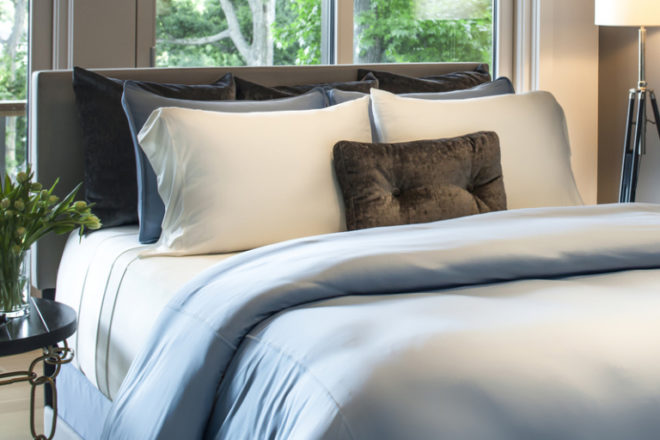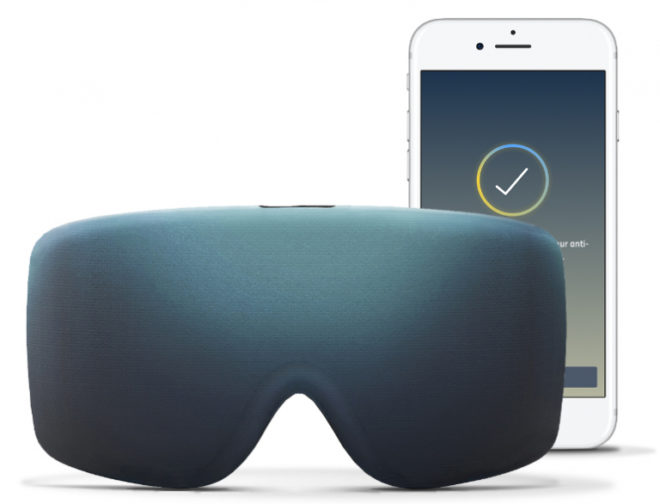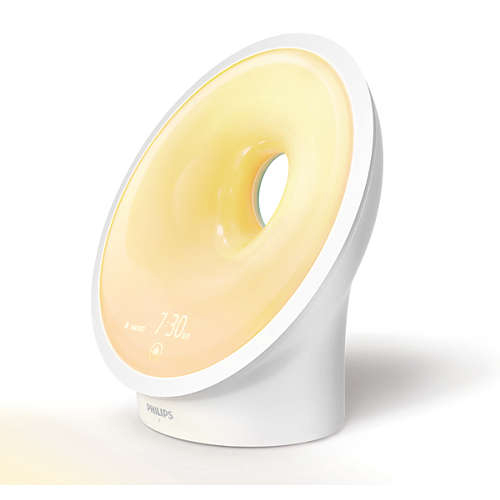A chronic lack of sleep is becoming a global problem, with many recent studies suggesting that our increased use of technology is partly to blame. Screen devices such as smartphones and tablets can affect our shut-eye by emitting blue spectrum light, which suppresses the melatonin production we need to sleep.
However, despite many experts advising us to switch off mobile devices at least an hour before bedtime, in reality this can be a hard habit to break. But are there ways that tech can actually help us get a better night’s sleep? From the latest gadgets to an expert’s picks, we take a quick survey of the landscape of sleep innovations.

Even bedsheets have gone high tech. With a cool bedroom known to promote better sleep (between 60 and 67 degrees Fahrenheit or 15 to 20 Celsius is the ideal temperature range), Sheex has designed its performance breathable sheet fabrics with moisture-wicking technology and the ability to limit heat transfer to help keep the body cooler than traditional cotton sheets.

While traditional sleep masks are a basic but effective solution for blocking out light to help you get more shut-eye, a new generation of sleep masks incorporates the latest technology to help boost the quality of your sleep even further. The Lumos Smart Sleep Mask has been developed with technology from Stanford University and is designed to be worn throughout the night. While you sleep, the mask exposes you to personalized light therapy which will help reset your body clock and claims to help beat sleep disorders such as jet lag.
The right kind of light, at the right time or its suppression, is at the root of a range of sleep technologies.

For instance, morning light halts the production of melatonin and helps you feel more awake, but depending on your location and the time of year, it can be hard to get enough. So to mimic natural light, the Philips Somneo Sleep and Wake-Up light simulates a natural sunrise to wake you up, gradually changing from soft red to bright yellow, helping your body to wake up more naturally.
Light-blocking technologies are also among the picks of Cary Brown, a professor at the University of Alberta’s Faculty of Rehabilitation Medicine, Canada.
On the university’s website, Brown highlights orange-tinted light-blocking glasses meant to be worn in the evening at home to block blue spectrum light. However, Brown warns customers to make sure they are buying the real thing, as cheap imitations may be the right color but be missing the light-blocking properties.
Another approach to blocking out blue light comes in the form of a special LED light bulb. Originally developed by NASA for astronauts, these are now available for home use, Brown explains. Unlike other LED bulbs, which emit blue light just like your phone or tablet, these new bulbs filter out the light, with Brown noting that they are particularly useful in bedside lamps.
Meanwhile if you’re wondering whether to invest in one of the numerous sleep trackers on the market designed to measure sleep quality and quantity, Brown points out that these won’t directly improve your sleep, but that by recording heart rate, respiration and movement, a tracker “can help determine if there are disruptive patterns. For instance, if you play hockey on Tuesday nights, it can determine over time if that affects your sleep.” You can then make any changes needed to get a more restful night’s sleep.
“Technology has created so many of the problems we have with sleep, so it would be naive to think we can turn back the clock to the days before smartphones, laptops and other blue-light-emitting devices,” Brown said. “But, if we understand how to use it wisely, technology can also be used to facilitate sleep.” JB
RELATED STORIES:
Planning classes in sync with biological clocks could boost students’ grades
The secret to your next best selfie is science, not surgery









































